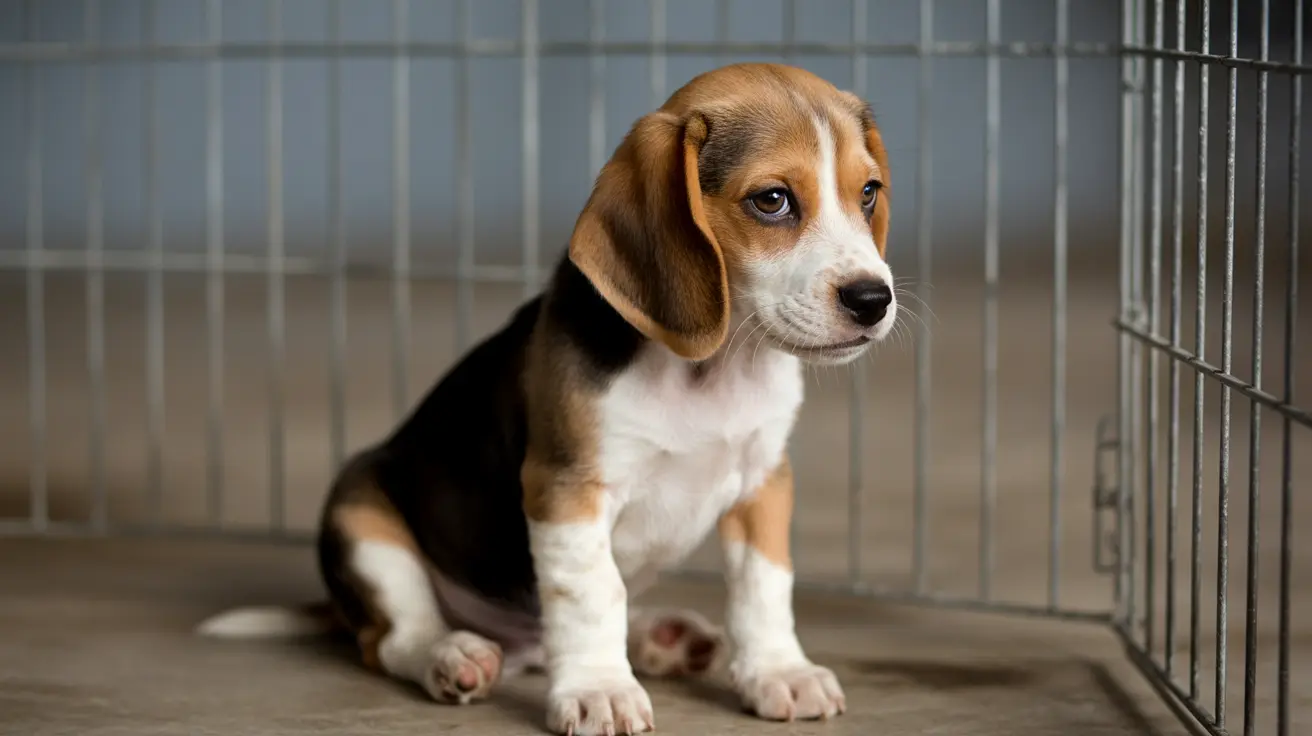How Cats Say “I'm Sorry”: Understanding Feline Apologies
Cats are known for their independence and enigmatic behavior, but pet owners often wonder if their cats feel remorse or attempt to convey an apology when they upset us. While cats don’t understand morality or social constructs like humans, they do exhibit specific behaviors that can be interpreted as feline ways of saying “I’m sorry.”
Do Cats Feel Guilt?
Before understanding how cats might apologize, it’s essential to recognize that cats do not feel guilt in the same way humans do. However, they can recognize changes in their environment and owners’ reactions, leading them to alter their behavior accordingly.
Common Ways Cats Say “I’m Sorry”
- Rubbing Against You: When a cat rubs its head or body against you, it’s transferring its scent and signaling comfort and affection—often a peace offering.
- Slow Blinks: Slow blinking is a powerful display of trust and affection that can signify reconciliation efforts.
- Kneading: Cats often knead as a soothing behavior. Doing so on your lap or chest may be a calming gesture they share to reconnect with you.
- Bringing Gifts: A classic feline behavior, bringing a toy or prey (if allowed outside) can be their way of showing care after a conflict.
- Following You: A cat that shadows its owner from room to room may be trying to get back into your good graces.
Reading the Apology: Context Matters
Not all cats react the same way when they’ve been naughty or caused distress. You’ll need to interpret their actions based on their personality and the specific situation. Look for changes in their usual behavior. A typically aloof cat that suddenly seeks attention may be trying to re-establish a bond.
How to Respond to a Cat’s Apologetic Gesture
- Stay Calm: Yelling or punishment can damage trust. Instead, correct behavior with patience.
- Use Positive Reinforcement: Rewarding good behavior helps cats associate their actions with positive outcomes.
- Engage With Them: If your cat is trying to reconnect, respond with affection or gentle play.
How Cats Apologize to Each Other
Cats also have ways of showing remorse or reconciling with other cats. These behaviors include nose touching, grooming the other cat, or laying nearby without confrontation. Playful engagement may also be a sign of resolution between felines.
Signs Your Cat Is Stressed or Feels Unwelcome
If a cat retreats or hides after an incident, it might be feeling stressed rather than guilty. Urinating outside the litter box, overgrooming, or refusing food can also imply emotional distress. Helping them readjust by providing a safe space and calming interaction can make them feel secure again.
The Role of Routine and Environment
Cats thrive on routine. Sudden changes to their environment, including new people, animals, or loud noises, can induce anxiety. Restoring a peaceful routine after a mishap is a subtle way for your cat to recalibrate their place in your shared environment—and, by extension, say “sorry.”
Tips for Rebuilding Bond After a Mishap
- Offer treats or affection if your feline seems apologetic or withdrawn.
- Create a calm atmosphere during bonding time—soft music, a cozy bed, or soft talking.
- Re-establish play sessions to rebuild trust and connection.
- Avoid negative reinforcement; instead, provide reassurance.
Final Thoughts
Although cats don’t say “I’m sorry” in the human sense, their behaviors often communicate a desire to reconcile and restore harmony. Understanding these cues helps strengthen your bond and deepen your compassion for your feline friend.





